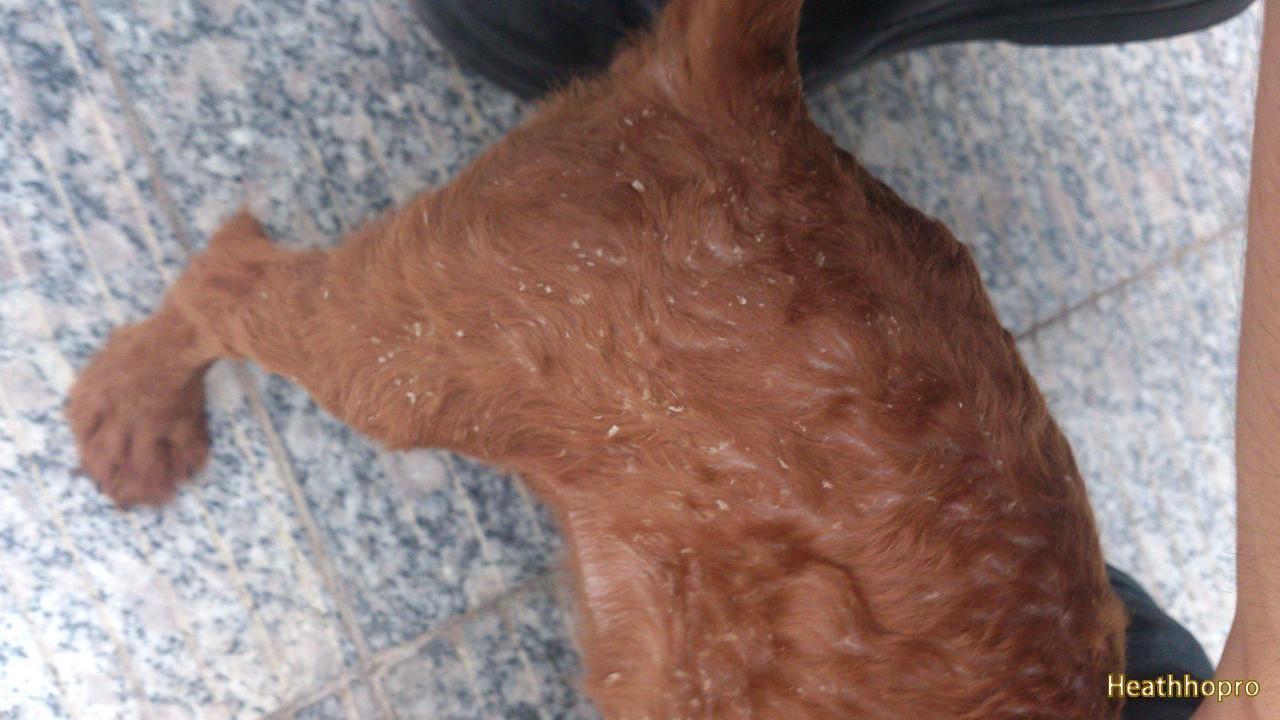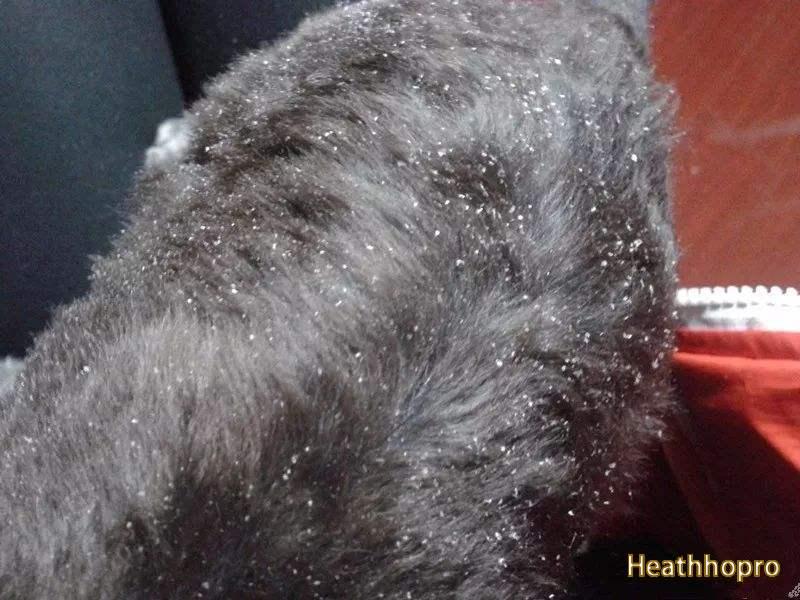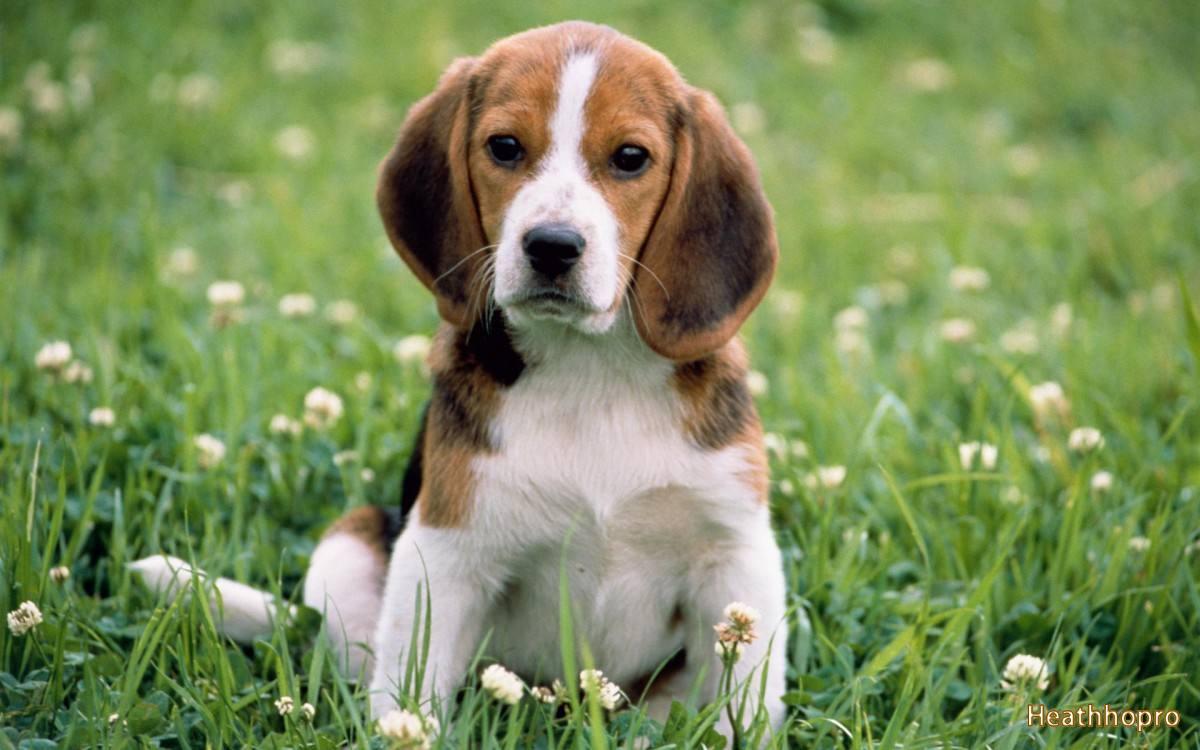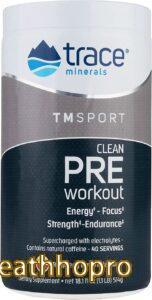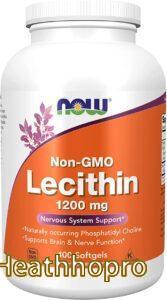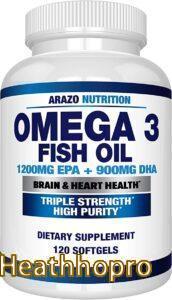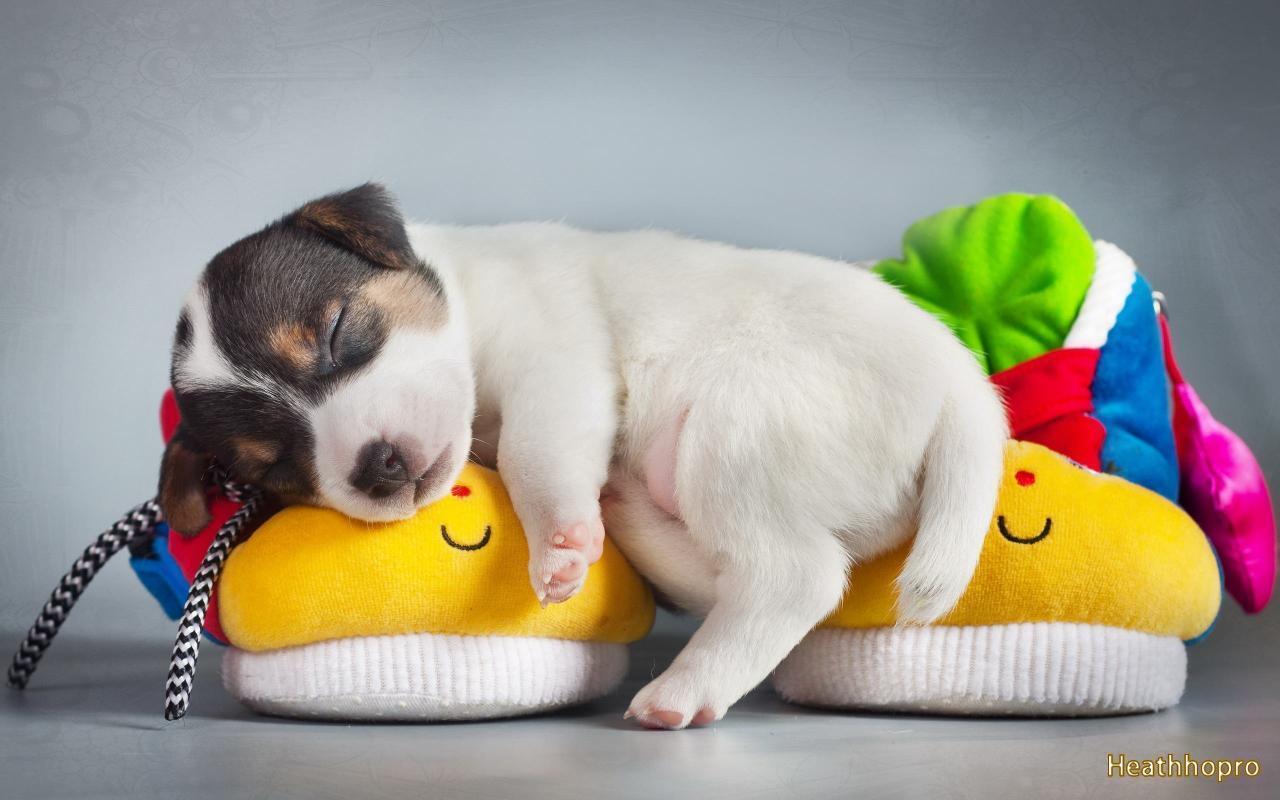How to solve the problem of dog dander
Pet dander consists of tiny patches of skin shed by cats, dogs, rodents, birds, and other animals with fur or feathers.
Pets are like humans in that dogs and cats develop dander whenever seasons change and when the climate warms. Many thick-coated pets shed large amounts and release a protective undercoat of fur, which removes the dander into the air.
In addition, dogs and cats not only shed from their fur and spread it in the air, they also have dust in their feces, and the proteins in their feces can cause allergic reactions.
What are the symptoms of dog dander?
When your dog has a lot of dander, you will notice that your dog’s skin looks very dry and may be accompanied by allergies or redness and inflammation. They will have white dots on their fur, and you may also find these white dots in their kennel or on your clothing. Depending on the severity and cause of the flakes, you may also notice scabs, overall hair loss, irregular bald patches, and some scratching or itching.
Dander is especially common in puppies, with medium-sized and long-haired breeds at higher risk for dander loss.
Dogs with dander how to do
- 1. Regular bathing
- 2. Regular deworming
- 3. daily combing
- 4. elemental supplementation
- 5. feed lecithin
- 6. improve diet
- 7. Coat care sprays
1. Regular bathing
Dog dander is too much. The owner can bathe the dog, preferably once a week, once every two weeks in winter, and use a special body wash for dogs when bathing.
This will not irritate its skin and cause an increase in dander!
2. Regular deworming
The owner also needs to deworm the dog regularly, if the dog has a lot of parasites, then there will certainly be a lot of dander inside its coat.
To solve the dander problem, the owner should deworm the dog once a month in vitro and once every three months in vivo!
3. Daily combing
The owner can comb the dog’s hair every day, which can make the usual accumulation of old dander and dead hair brush off, as long as the dog is often combed, the dander problem will naturally improve slowly.
And combing your dog’s hair can also promote blood circulation and increase the relationship between you and your dog!
4. Elemental supplements
If your dog is deficient in elements, it will also cause an increase in dander, and your dog will also have the habit of eating poop, wall dust, grass, and socks.
Dogs with such a situation should give it to supplement the elements, you can choose the following “trace elements tablets” to supplement, can improve these problems!
5. Feed lecithin
Owners can usually give the dog’s hair to supplement some nutrition, feeding lecithin is a good choice, be sure to choose the lecithin for dogs, not only beautiful hair, but also to prevent skin diseases, reduce dander.
In addition to feeding lecithin, you can also feed some egg yolk to the dog to eat Oh, it is also effective!
6. Improve the diet
Owners also need to improve the dog’s diet, do not give the dog to eat too salty, and must choose a nutritionally comprehensive dog food to feed, so that the dog nutrition is sufficient, naturally will also reduce the occurrence of dander.
7. Hair care spray
If the dog lives in some dry environment for a long time, then it will also have a lot of dander, for this situation, the owner can buy some oil-based hair care spray for the dog.
After spraying on the hair, you can effectively avoid the excessive evaporation of water on the dog’s hair, so you can reduce the occurrence of dander!
Why do dogs have dander?
- (1) Dogs are bathed too often, which can also lead to dander.
- (2) Dogs with skin diseases can also cause dogs with dander.
- (3) Usually give the dog too salty food, it will also cause a lot of dandruff situation.
- (4) Poor nutrition in dogs can also cause it to appear dandruff situation.
- (5) Taking in too much salt, food is the most common cause of dandruff problems in dogs. Most dogs with such symptoms often eat human food, or dog food contains too much salt, which can overload the dog’s body and cause skin problems. In addition, some dogs are allergic to certain ingredients in their feed, which can also produce dandruff problems.
- (6) the wrong cleaning products, dogs and people’s skin structure and acidity is different, if the long-term use of human body wash, shampoo or soap and other cleaning products in the dog, it is likely to cause allergies and other uncomfortable symptoms.
- (7) Weather or seasonal changes, seasonal dander shedding is a normal phenomenon, but the temperature in the environment, if it is particularly hot or cold, will also disturb the production of skin oils, resulting in increased dander.
- (8) Infection with parasites or inflammation of the skin, dogs infected with parasites can cause malnutrition and can also cause dogs to scratching behavior. If the infection is more serious heartworm, it may cause poor blood circulation due to impaired heart function, which will cause the skin to age and cause a large amount of dander to fall off, or the skin has inflammatory symptoms, which will also increase the dander.
- (9) Insufficient fat intake, the dog’s diet to consume a certain amount of animal fat is often referred to as oil, oil can establish a protective film to protect the dog’s skin follicles, enhance the degree of softness and smoothness of the hair, improve the disadvantages of itchy skin prone to allergies.
How to prevent your dog from having dander
- 1. Bathe your dog regularly
- 2. Brush your dog’s hair regularly
- 3. Feed your dog foods rich in Omega-3 fatty acids, Omega-6 fatty acids and Vitamin C to help maintain a healthy coat and immune system.
Do all dogs have dander?
Basically, all dogs have dander because all dogs have the same physiological structure, all have skin, all have to go through the change of seasons, but in general, as long as the dog is healthy, are only low dander, will not have so much.
Dog dander allergy symptoms
For dogs with dander allergies there are generally the following symptoms.
- Sneezing
- Leaky nose
- Itchy, red or teary eyes
- Nasal congestion
- Itchy nose, upper jaw or throat
- Postnasal drip
- Coughing
- Facial pressure and pain
- Frequent waking up
- Swollen, bluish skin under the eyes
- Children often rub their noses upwards
- Dog dander allergy treatment
For dog dander allergy, if it is not serious, it is fine to apply some ointment as we usually do.
Other.
Can dog dander cause hives?
People who are allergic to dogs may develop a rash, hives or tears when they come in contact with dog saliva or dog dander.
Dog dander allergy symptoms
For dogs with dander allergies there are generally the following symptoms.
- Sneezing
- Leaky nose
- Itchy, red or teary eyes
- Nasal congestion
- Itchy nose, upper jaw or throat
- Postnasal drip
- Coughing
- Facial pressure and pain
- Frequent waking up
- Swollen, bluish skin under the eyes
- Children often rub their noses upwards
- Dog dander allergy treatment
For dog dander allergy, if it is not serious, it is fine to apply some ointment as we usually do.
Other.
Can dog dander cause hives?
People who are allergic to dogs may develop a rash, hives or tears when they come in contact with dog saliva or dog dander.

